There are more people in slavery today than ever before. The Walk Free Foundation was founded to address the issues of modern slavery but soon realized there was no global standard for measuring its prevalence or risk factors. The Global Slavery Index, first published in 2013, was developed to understand the nature, scale, drivers and solutions to modern slavery. Modern slavery is a term used to include the crimes of human trafficking, slavery and slavery like practices. Today the index provides “a country by country ranking of the number of people in modern slavery, as well as an analysis of the actions governments are taking to respond, and the factors that make people vulnerable.”
Without first understanding the sheer complexity and pervasiveness of the issue it is impossible to measure progress.
Photo courtesy of Global Slavery Index
The 2018 Global Slavery Index puts a fresh spotlight on supply chain transparency and key sectors that are at risk of modern slavery. Industries in technology and fast fashion are particularly vulnerable, and the report goes in depth profiling the challenges of the supply chain in fishing and cocoa.
Developed nations are far more exposed to slavery than you might think. The 2018 Global Slavery Index shows 403,000 people in US (1 in 800) are living in modern slavery. This is seven times higher than previous estimates.
The index not only provides insight on the nature of modern slavery, but also provides an index of various governments' responses and recommended initiatives with the aim to drive action and effect policy decisions that can (hopefully) create meaningful change.
INTERESTED IN SUPPLY CHAIN TRANSPARENCY?
See how socially responsible supply chains are in the business of good.




